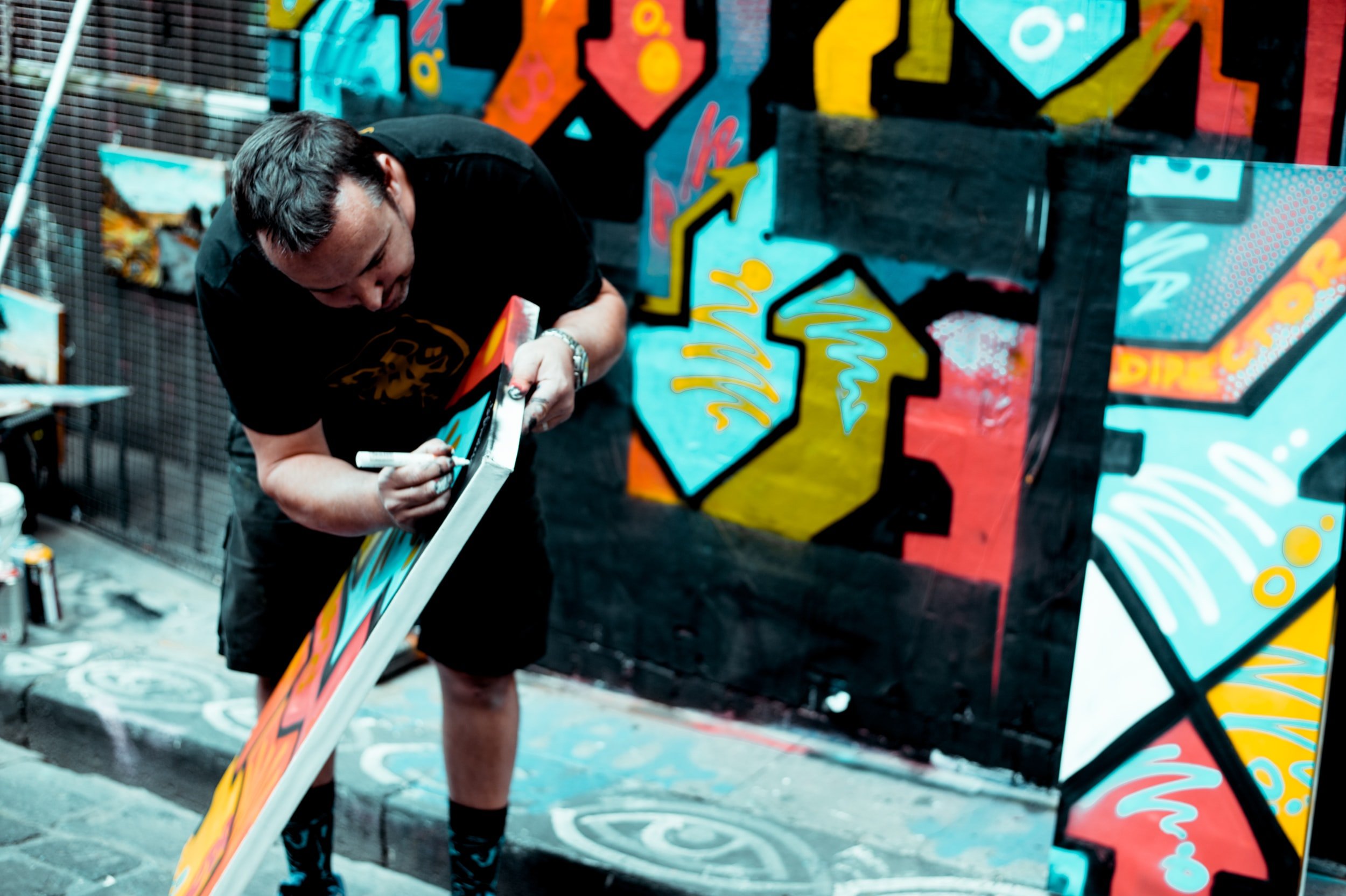Social media has skyrocketed in popularity over the past decade. As a result, various social media tools are available to help bloggers reach a wider audience and promote their content more effectively.
If you're serious about promoting your blog, you must be active on social media, and there's simply no getting around it. You know that social media is a powerful tool to reach new audiences and grow your blog.
But with so many social media platforms, it's challenging to get started and know how to make the most of them.
Why Do Bloggers Need Social Media Tools?
There are a few key reasons you should use social media tools for your blog. First, they help you save time by automating or simplifying tasks related to sharing and promoting your writing.
Second, social media tools can help you optimise your social media activity to get the most out of your efforts. And third, they can help you track your progress and measure your success over time.
Now that we've covered why you should use social media tools for blogging, let's look at the tools out there. There are a number of great social media tools available to bloggers, but some of the most popular ones include Hootsuite, Buffer, and CoSchedule.
These tools can help you automate your social media sharing, track your progress, and measure your success. So if you're looking to get the most out of your social media efforts, be sure to check out one of these great tools. Let's look at the top 10 social media tools that can help bloggers expand their audience and reach.
Top 9 Social Media Tools for Bloggers
To save you time, we've put together this list of social media marketing tools every blogger should use. These tools will help you get the most out of your social media marketing efforts, from scheduling posts to analyzing your social media activity.
Let's get right into the list!
Hootsuite
Hootsuite is a must-have tool for any serious social media user. It allows you to manage all your social media accounts in one place, schedule posts in advance, track who's talking about you, and measure your success over time.
Some of the best features of Hootsuite:
Schedule posts in advance
Track who's talking about you
Measure your success over time
Pricing: Starts at $65 per month
SocialMention
SocialMention is a great way to track your brand's online presence. It allows you to see what people say about you across the web, including on social media, blogs, and news sites.
Some of the best features of SocialMention:
Monitor your brand's online presence
See what people are saying about you across the web
Find out which influencers are talking about you
Pricing: Free
InVideo
Perfect social media marketing tool for marketers and bloggers into producing videos, InVideo helps you create wonderful marketing videos in just a few minutes. Users also get access to features like masks, stickers, and vector shapes to make their videos interesting. InVideo comes with an 8M+ iStock library, 3M+ standard media library, and 1M+ premium media library. Users are allowed to export more than 60 videos per month at 720p resolution.
InVideo serves as a sophisticated social media asset management tool. It provides all capabilities to create impressive videos for a vibrant social media presence.
Pricing: The pricing model allows monthly and yearly subscriptions. The pricing model comprises of 2 plans, $15 for Business(Monthly) and $30 for Unlimited (Monthly) and $180 annually for Business and $360 for Unlimited.
Google Alerts
Google Alerts is a simple but handy tool that can help you keep track of the latest news and information about your topic of interest. You can use it to find out what's being said about your company or product online, get the latest news on a competitor, or stay up-to-date on current events related to your industry.
Some of the best features of Google Alerts:
Get notifications whenever someone mentions your brand or blog online
Track your online reputation
Find out which influencers are talking about you
Buffer
Buffer is one of the most popular social media marketing tools. Like Hootsuite, it allows you to manage all your social media accounts in one place and schedule posts in advance.
Buffer also has unique features, like customising when and how your posts are published.
Some of the best features of Buffer:
Schedule posts in advance
Customise the time of day when your posts are published
Buffer posts to multiple accounts at once
Pricing: Starts at $15 per month
Tweriod
Tweriod is a must-have tool for Twitter users. Tweriod is a tool that helps you figure out the best times to tweet. It analyzes your tweets and followers to determine the best time of day for you to tweet to get more exposure and engagement.
Some of the best features of Tweriod:
Analyse your Twitter account to find the best times to tweet
Find out when your tweets get the most engagement
Schedule your tweets in advance
Pricing: Starts at $19 per month
BuzzSumo
BuzzSumo is a tool that allows you to see the most popular content on social media. It's an excellent way to find new content to share with your followers and help you identify influencers in your niche.
Some of the best features of BuzzSumo:
See the most popular content on social media
Find new content to share with your followers
Identify influencers in your niche
Pricing: Starts at $99 per month
Sprout Social
Sprout Social is a social media tool that helps businesses grow their social media presence. It offers tools to help businesses schedule posts, analyse social media analytics, and manage social media accounts.
Sprout's tools help companies save time and money while growing their social media presence.
Some of the best features of Sprout Social:
Schedule posts in advance
Generate reports and analytics
Monitor your social media activity
Pricing: Starts at $99 per month
HubSpot's Social Inbox Tool
HubSpot's Social Inbox tool allows you to monitor and respond to social media comments from one central location. It's an excellent tool to keep track of all the conversations about your brand online, making it easy to respond quickly to any comments or questions.
Some of the best features of HubSpot's Social Inbox:
Monitor and respond to social media comments from one central location
Keep track of all the conversations happening about your brand online
Respond quickly to any comments or questions
Pricing: Included with Marketing Hub, which starts at $45 per month.
Canva
Canva is an excellent tool for creating visuals for your social media posts. It's easy to use and has a wide range of templates, so you can create professional-looking images even if you're not a designer.
Some of the best features of Canva:
Create professional-looking images
Wide range of templates
Easy to use
Pricing: Starts free. Upgrade to Canva Pro for $12.99 per month
These are just some of the social media marketing tools available. If you're serious about growing your brand online, it's worth exploring all the options and finding the best tools for you.
Conclusion
There are various social media marketing tools available, each with unique features. These tools can help you manage your social media accounts, track your online reputation, schedule posts in advance, and more.
Each social media marketing tool has its own strengths and weaknesses, so it's important to choose the right one for your needs. Test out a few different tools before settling on one, and make sure to read reviews to get a sense of what other users think. With the right tool, you can make social media marketing a breeze. Thanks for reading!













